The state of Punjab in Northern India has innumerable tales from the ages of history, carefully preserved within its territory. So many Kings have explored the bounty of Punjab and have left their impression through grand architectures. Punjab was the land of a remarkable spiritual movement, as the Sikh religion bloomed here many years ago. The Sikh Gurus have inspired, guided, motivated, and moulded the culture of Punjab to a great extent.
1. Sri Harmandir Sahib
Whenever anybody talks about Punjab, the first thing that comes to the mind is the Golden temple in Amritsar. It is not just a temple or a tourist spot, but the biggest cultural heritage of the Sikh community. It is one of the biggest assets of the Indian subcontinent.
The work started in 1577 AD, by digging a pious lake, the Amrit Sarovar. The idea was conceived by Sri Guru Amar dass Ji and was executed by Sri Guru Ram Dass Ji. The construction of Sri Harmandir Sahib was initiated by Sri Guru Arjan Dev Ji in 1588 AD.
The holy text of the Sikhs, Sri Guru Granth Sahib was introduced in this holy temple in 1604 AD. The architecture of the temple has a message for life. The temple is built in a level lower than the surroundings, defying the ego and pride in humans. There are four gates in four directions, signifying that this place is open for all. Visiting this temple would surely become an unforgettable experience of life!
2. Jallianwala Bagh
April 13, 1919 is marked as a black day during the history of the British period in India. Thousands of innocent and non-violent protesters were brutally murdered by a British troop, led by general Reginald Dyer, who sniffed conspiracy against the British rule as the non-violent protest was organized by Mahatma Gandhi against the implement of the Rowlatt Act. The gory incident took place in the Jallianwala Bagh ground, where the British troop opened fire without any notice.
After independence, a memorial was made in Jallianwala Bagh to commemorate the sacrifice of the innocent Indians. The memorial was opened by Dr Rajendra Prasad, the first President of India. The marks of bullets on the wall still haunt the visitors with the memory of the spine chilling incident.
3. Akal Takht
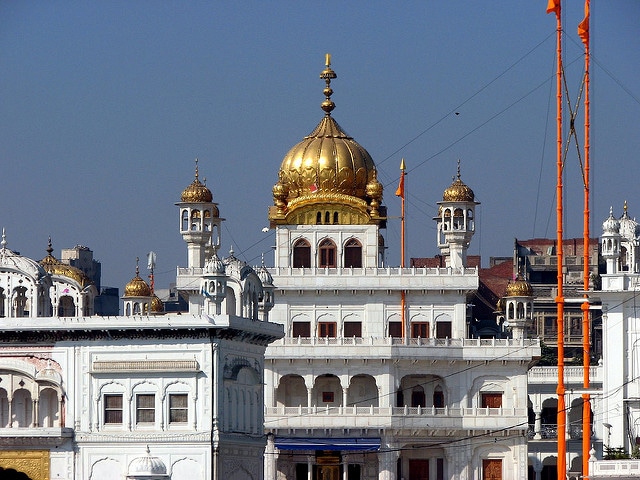
The high throne of the Sikh Gurus in the Harmandir Sahib is called the Akal Takht, which means the ‘eternal seat’. Guru Hargovind Sahib Built the seat in 1606. Being one among the five thrones of the Sikhs, the Akal Takht was the judgmental seat for the Sikh Gurus to give verdict over religious issues.
Violating the order of Emperor Jehangir, the Akal Takht was built 12 ft high, defying the limit of 3ft for any other throne except that of the Emperor. It was vandalized in 1984 during Operation Blue Star and later reconstructed by donations.
4. Quila Mubarak
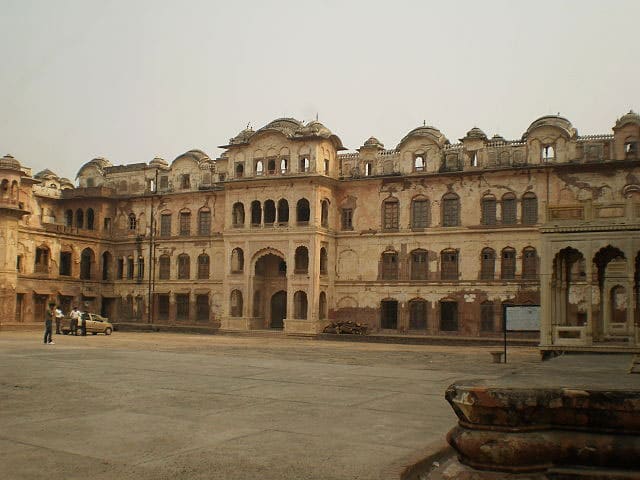
The magnificent Quila Mubarak stands in the heart of Bhatinda, bearing the reminiscences of the past ages, when the great rulers like Kanishka, Sultan Mahmud, Razia Sultana or Prithvi Raj Chauhan existed. The fort was constructed in the Kushana period, by the initiative of King Kanishka; it is also known as the Bhatinda Fort. Rajia Sultana, the first lady to hold the throne of Delhi, was imprisoned in this historical fort. The fort actually has two segments: one is called the Quila Androon and the other, Quila Mubarak.
Quila Androon was once inhabited by the royal family. It is built in a grand architectural style, blending the Rajasthani and the Mughal trends. A visit to this majestic quila fills one with awe and splendor.
5. Sheesh Mahal
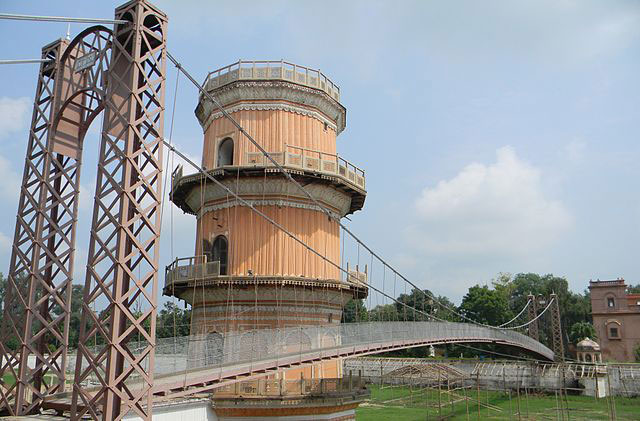
Sheesh Mahal, or the ‘Palace of Mirrors’ in Patiala is a visual grandeur in true sense. It was originally home to the Kings of Patiala. The design of the palace was conceived by Maharaja Narinder Singh. A portion of the palace is made of colored glasses, which gives a vibrant touch to the beauty of the palace. The walls and ceilings were painted by Rajasthani artists, portraying the stories of the old ages. Beautiful garden, fountains, an artificial lake and a bridge called the Lakshman Jhoola, heightens the beauty of the premises to a heavenly extent.
Punjab, with its rich cultural heritage, has many more historical places and tombs within its territory. Truly speaking, a tour in Punjab would be a historical delight for all.

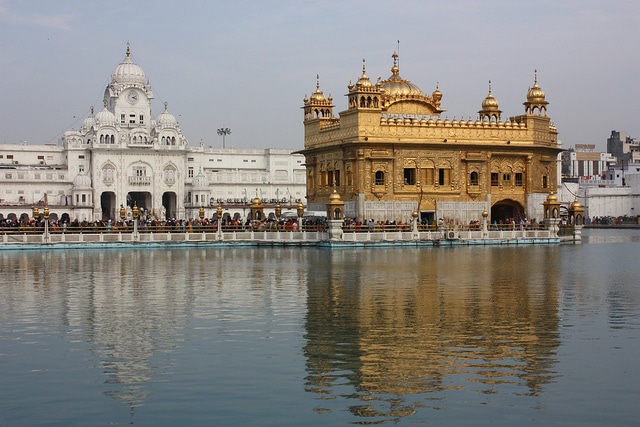
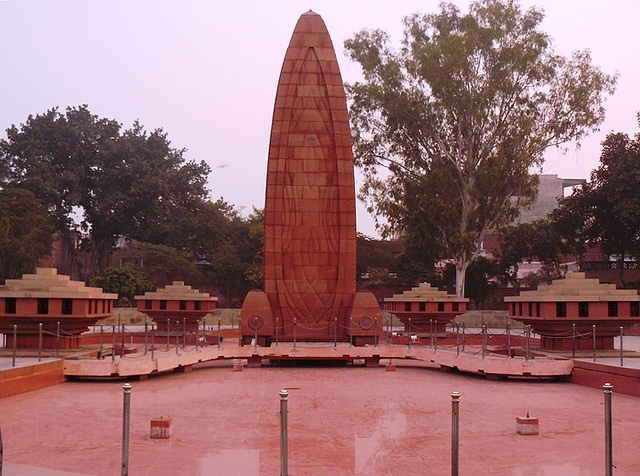

Do you give me small paragraph of monuments
Super